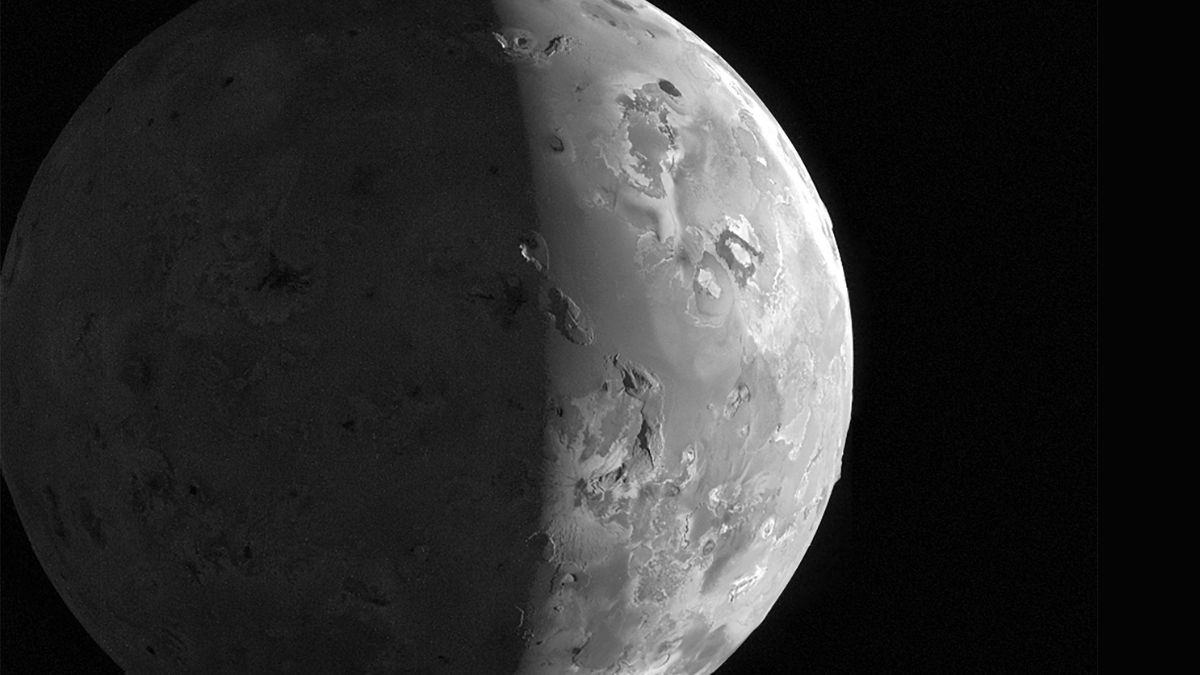JAKARTA The Juno Spacecraft belonging to the United States Aeronautics and Space Agency (NASA) is again approaching Jupiter's moon, Io. This approach was made on Saturday, February 3.
Just like the approach taken on December 30, Juno monitored Io's moon from a distance of 1,500 kilometers above the surface. With a distance closer to the surface, Juno will produce clearer data.
Later, Juno's data will be further researched by scientists and engineers. This data will, provide new insight into how Io's volcanic engine works and whether there is a global magma ocean beneath Io's rocky surface.
NASA believes Juno's data can increase insight as they use the Jovian Infrared Auroral Mapper (JIRAM). This instrument is used to monitor surface states by collecting hot signs from the volcano in Io.
SEE ALSO:
In addition to observing Jupiter's lunar surface with JIRAM technology, Juno also has a camera mounted on its corner. The camera, named JunoCam, will produce a clearer image of Io's volcanic surface.
After data from JIRAM and JunoCam is collected, NASA will link the data with the results of Juno's previous observations. In September 2017, Juno had passed Io with a distance of 27,516 kilometers from the surface.
According to NASA's plans since last year, Juno will approach Io's moon twice. After this second approach, Juno will stay away from Io and may observe other planets or moons targeted by NASA scientists.
The English, Chinese, Japanese, Arabic, and French versions are automatically generated by the AI. So there may still be inaccuracies in translating, please always see Indonesian as our main language. (system supported by DigitalSiber.id)


















